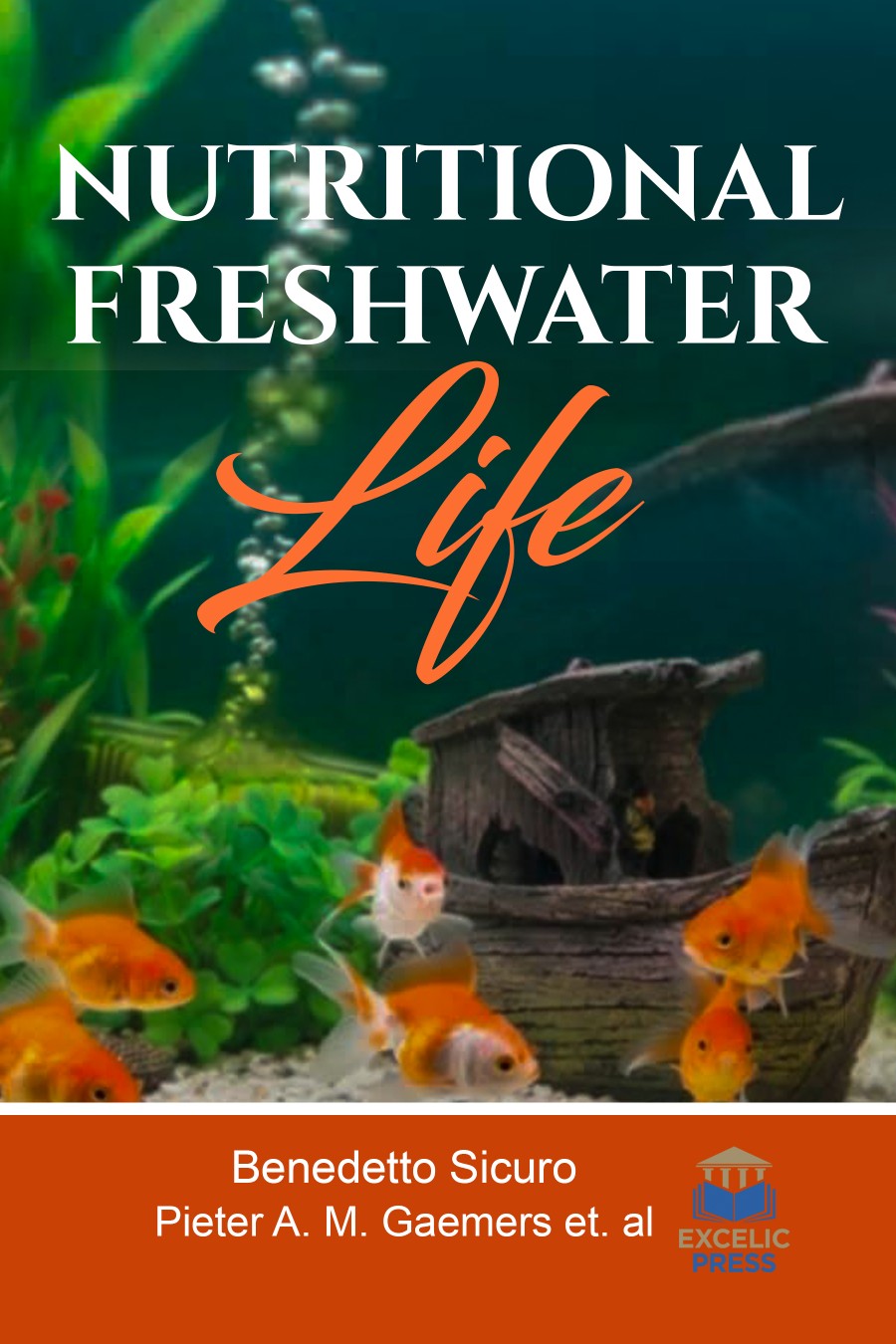Many species of animals and plants live in water; some, like fish, spend all their lives underwater, whereas others, like toads and salamanders, may use surface waters only during the spring breeding season or as juveniles. Some aquatic creatures live their entire lives in the deep ocean, whereas others, like water striders, spend their life skipping along the surface of water. Biodiversity is not only the richness of species; it is also their genetic variety and the multiple habitats and ecosystems in which these plants and animals live. Ecosystems contain both the living plants and animals and the nonliving elements (water, sunlight, soils) on which they depend.
Nutritional Freshwater Life covers the state of the art information on the characteristics of nutritionally important freshwater animals and plants. The book includes detailed information on algae and plants, crustaceans, mollusks, fish, and frogs, including with its characteristics such as habitats, global distribution, nutritional facts, and biological features.
Habitats in the sea, in freshwater, and on land differ dramatically in species composition and diversity. Of the roughly 1.5 million known species of macroscopic organisms on earth, the modern ocean — despite its much larger area and volume — supports only about 15% of species, whereas terrestrial environments account for about 80% of species, and freshwater for the remaining 5%. Even when taking into account previously undetected biodiversity in all of the physical realms revealed through molecular techniques, these differences appear to be robust — certainly among multicellular organisms.













